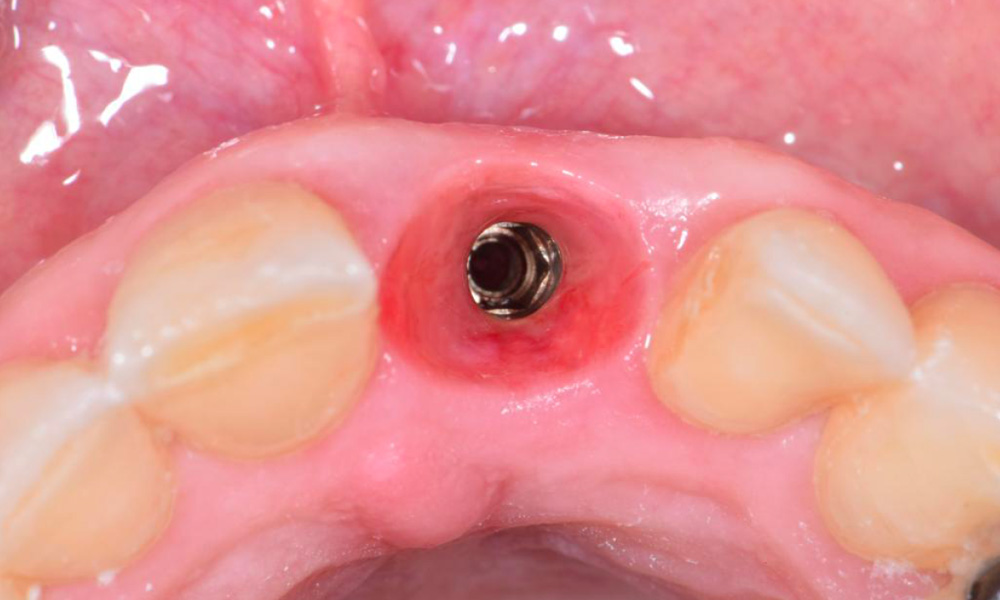Morse Taper Connection

In 1864 an engineer named Stephen Morse conceptualised the mechanical phenomenon stating that when twoconical metal components (female + male) reach a tight contact, these fix one into the other, through a the so called "cold welding". To obtain a real Morse effect, the conical sides of the components must not exceed a 50 overall inclination.
In the following years, this mechanism was widely employed in mechanical and industrial fields (lathes, millingmachines…) and in prosthetic fields (orthopaedic and medical), to create and use modular components whichnecessitated a high structural stability.
Implantology, which is a relatively recent branch in both medicine and therefore dentistry, employs these precisionmechanical elements to build and consolidate dental reconstructions. For decades, dental implants with anexternal connection have been used in prosthetic surgeries, coherently with the instruments and knowledge ofthat time. The development and advancement of the industrial technology made it possible to adopt the hexagonalinternal connection and later on the addition of a conical or a cone Morse connexion. Today this particular kind ofproduct is increasingly used during successful placements of dental implants, both in case of a complete or singleedentulous situation.
By exploiting the solidity granted by the Morse connection, it was possible to eectively answer to challenges andneeds posed by implantologists. Namely, the need to preserve at their best peri-implant hard tissues, so that theycan adequately support soft tissues and their optimal healing.
Many clinical and in vitro trials show that, at the time being, internal Morse connexion is the most ecient optionamongst the ones on the market to perform successful implant surgeries, with long-lasting results thanks to itsanti-bacterial action:
(1) “Implants with an internal connection of the Morse taper type show lower levels of microleakage than those with anexternal connection regardless of the torque applied to tighten the screw, so they would be less likely to developin
In summary:
- The “cold welding” between the interfaceabutment/implant creates a hermetic seal thanks to its extra-tight friction, virtuallyeliminating the micro-gaps usually existingbetween both metal components. Thisprevents bacteria to spread and developacross the dento-gingival junction, minimisingthe probability of infammatory processesinsurgence.
- The firm mechanical stability reduces micro-movements, potentially very dangerous forthe regenerating bone and the adjacenttissues.
- The prosthetic structure sustained by an internal connection can tolerate greater chewing loads.

B&B Dental’s CONEXA connection is characterized by a cone Morse connection with an internal hexagonal indexthat allows a more accurate placing of the implants in the bone cavity, with significantly reduced traumas for thesurrounding tissues.
These specific features promote an increased osseointegration, a higher level of bone and volumes regeneration, ahealthy and solid gingiva once the healing process is completed. In this case, post-surgical complicationsimmediately after the procedure and in the following years are drastically reduced so the patient won’t have toundergo an additional repairing surgery.
Clearly, post-surgeryresults must be assimilar as possible tothe patients’ naturaldental state,regarding colour,looks, volumes. It isnecessary to avoidthe creation of gapsbetween theprosthesis and theabutment, betweennatural and rebuiltteeth, the gingivamust
B&B Dental builds different lines ofimplants with theMorse connexion, called Conexa, because it recognisesits advantages bothfor the clinician, whowill operate withincreased security,and for the patient,who will experience afaster anduntroubled healingprocess.
B&B Dental production is entirelyMade in Italy,abutments andimplants are realisedin a complementaryway, in the sameproduction plant.This guarantees the absolute compatibility of the components and their high-level quality, in compliance withinternational requirements.